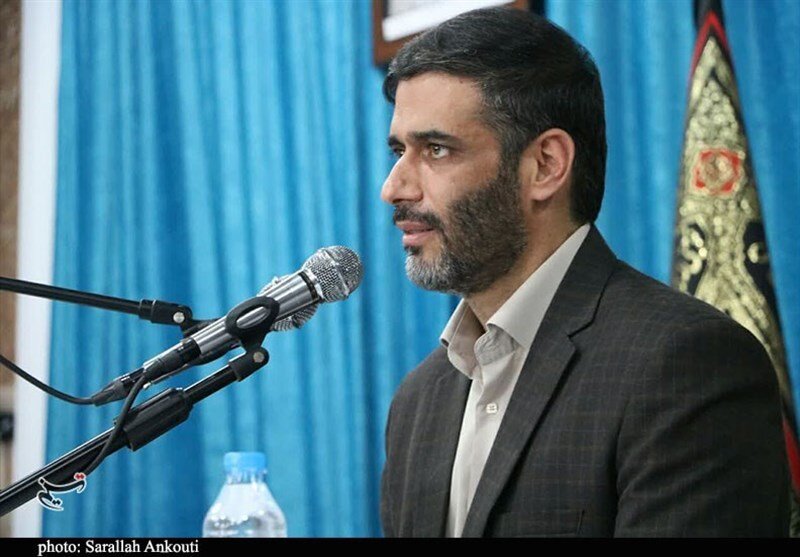TEHRAN – The secretary of the High Council of Free Zones of Iran said: “We are seeking the establishment of an international stock exchange in the free zones (FTAs) of the country to help the stock market.”
However, Saeed Mohammad mentioned the problems existing in these zones and said, “Our free zones have a lot of problems, the first of which is infrastructure. After 39 years, the Kish free zone still does not have enough electricity; we have 22,000 vacant homes in Kish, and if they live there, we’re going to have a big electrical problem.
Only two percent of the country’s exports come from free zones, they represent only one percent of the country’s production and seven percent of investments, the official further lamented.
The establishment of free zones in Iran dates back to the Iranian calendar year 1368 (March 1989-March 1990) following the fall in the country’s oil revenues the previous year which prompted the government to promote non-oil exports.
Iran’s first two free trade zones were established in the south of the country. The first was the Kish Free Trade Area established in 1368 on Kish Island in the Persian Gulf and the second was the Qeshm Free Trade Area established the following year on Qeshm Island in the Strait. of Ormuz.
Some five other free trade zones have also been established in the country since then, including Chabahar in the southeastern province of Sistan-Baluchestan, Arvand in the southwestern province of Khuzestan, Anzali in the northern province of Gilan, Aras in the province of eastern Azerbaijan and Maku in western Azerbaijan. Province, both in the northwest of the country.
While nearly three decades have passed since the start of the activity of free trade zones in Iran, their intended objectives have not been fully achieved and their development still faces certain obstacles.
The lack of proportionality between the equipment and the objectives, the absence of a national definition of the performance of the free zones, the limited resources for the establishment and the completion of the infrastructures, the absence of overall management between the zones and the Incomplete implementation of the zone management law are some of the obstacles to the activity and development of free zones in the country.
MOM

